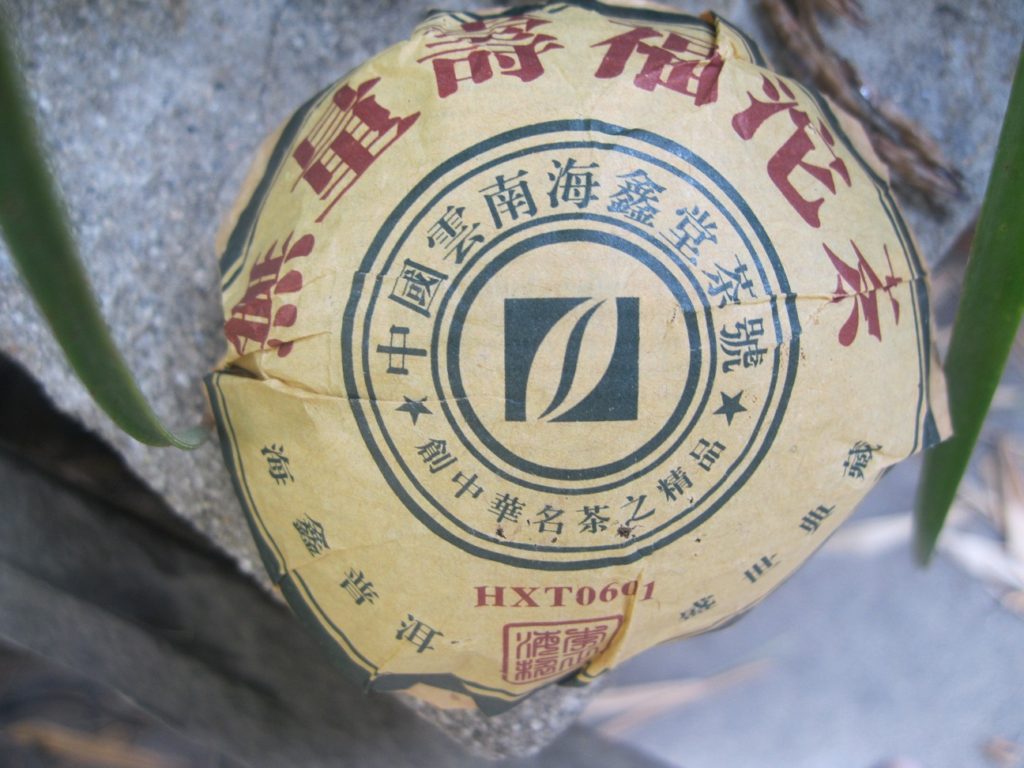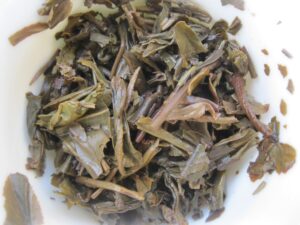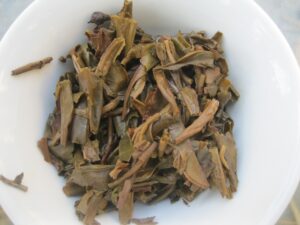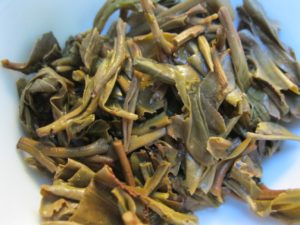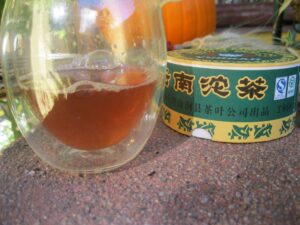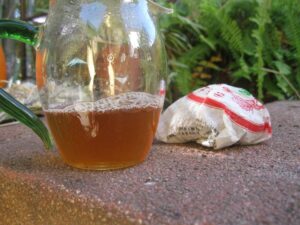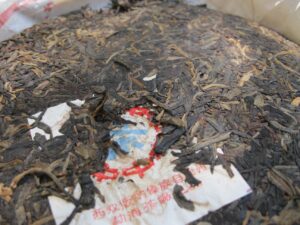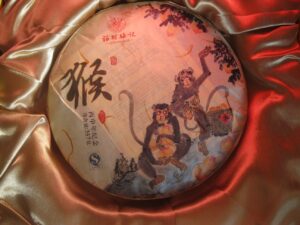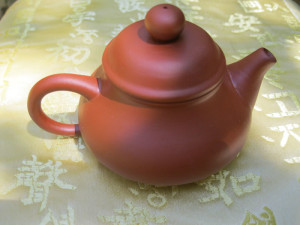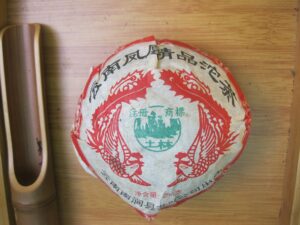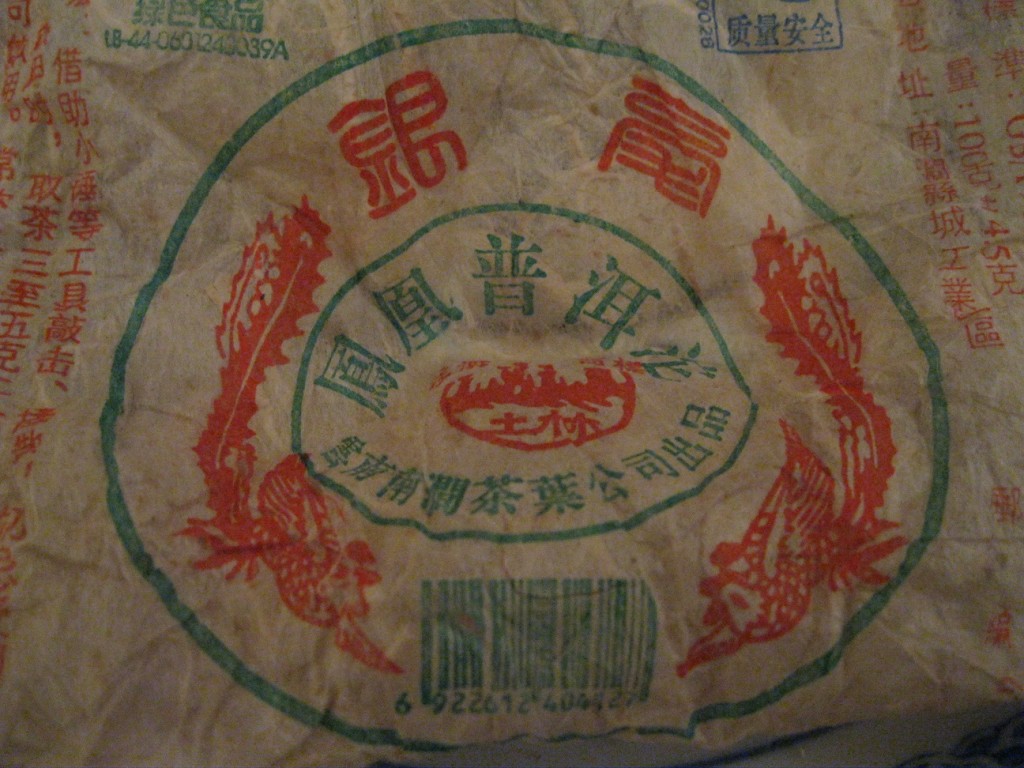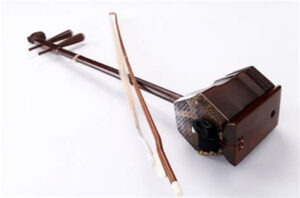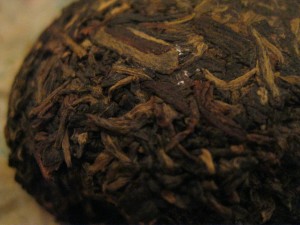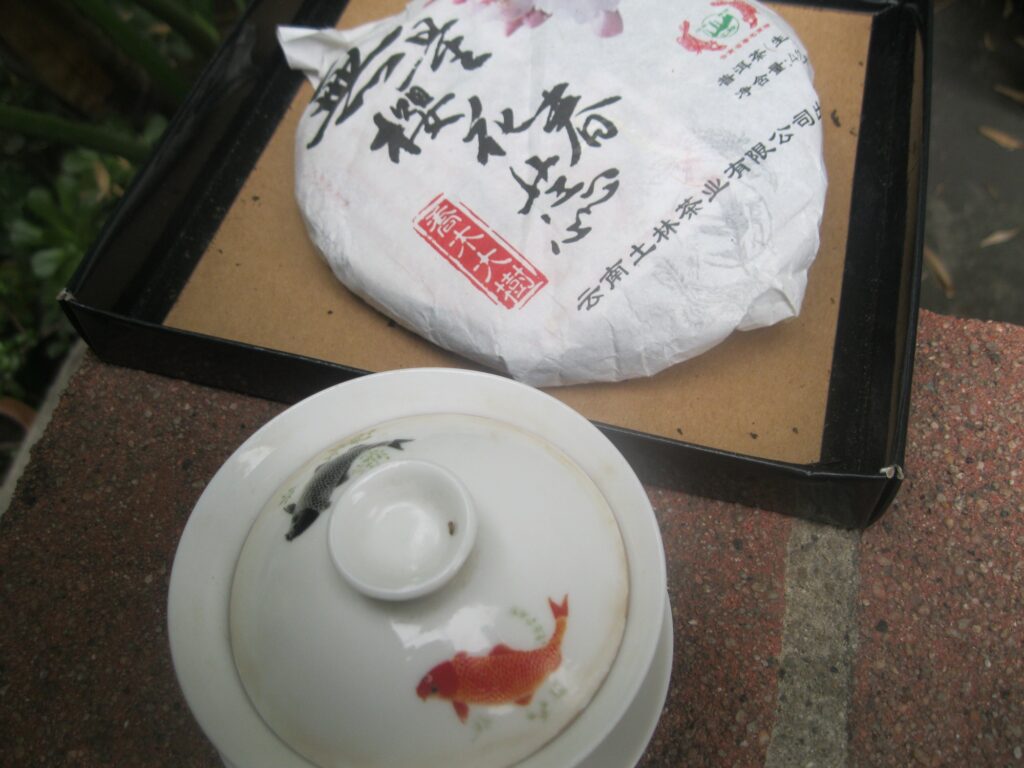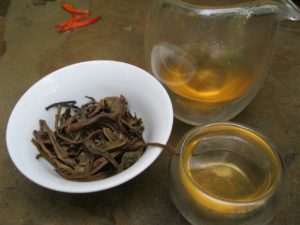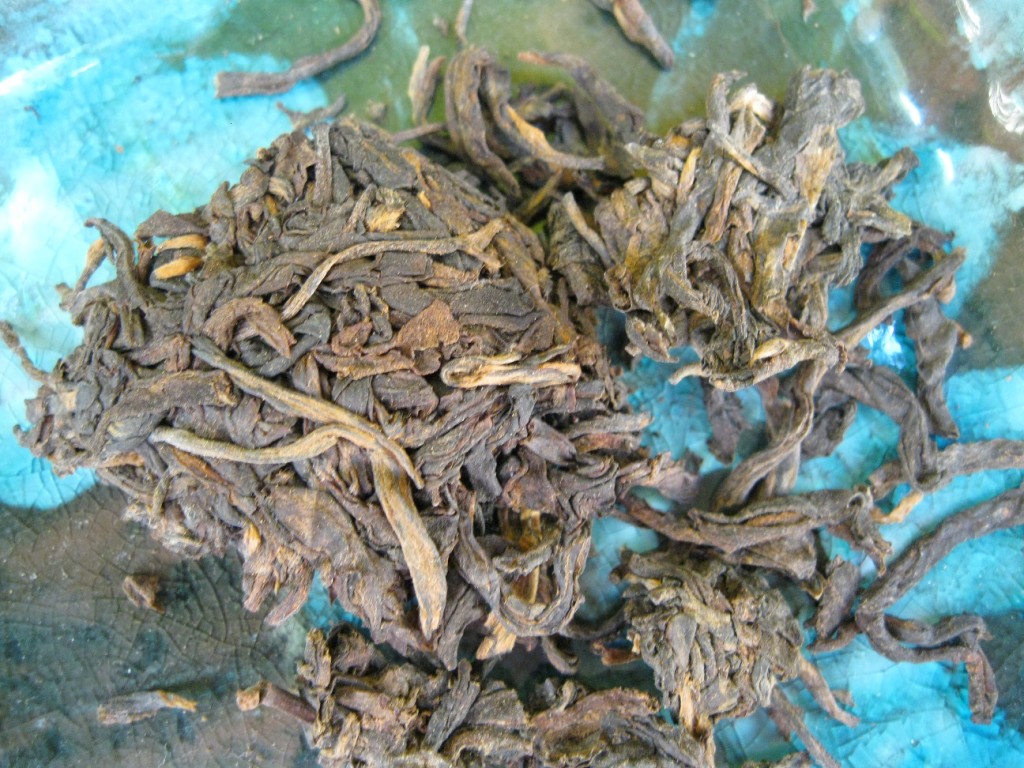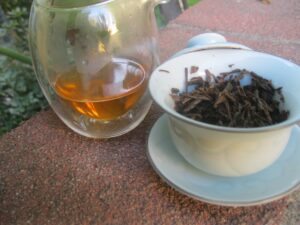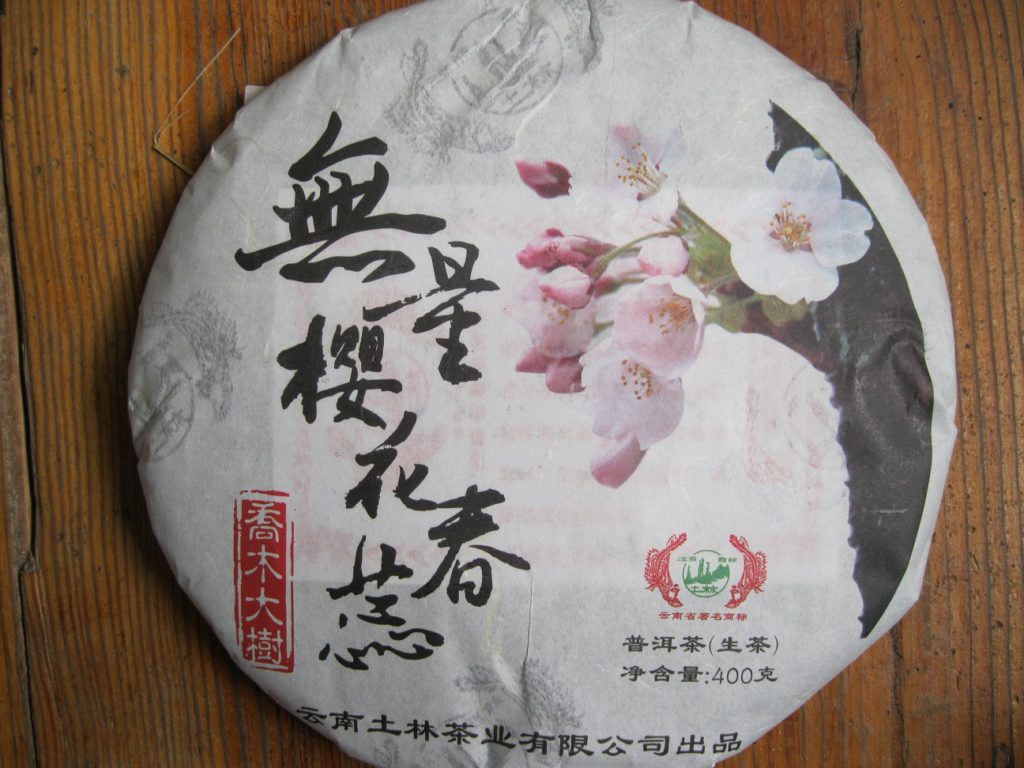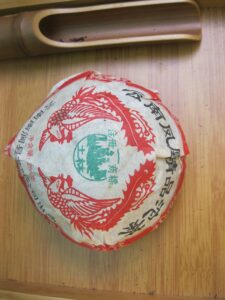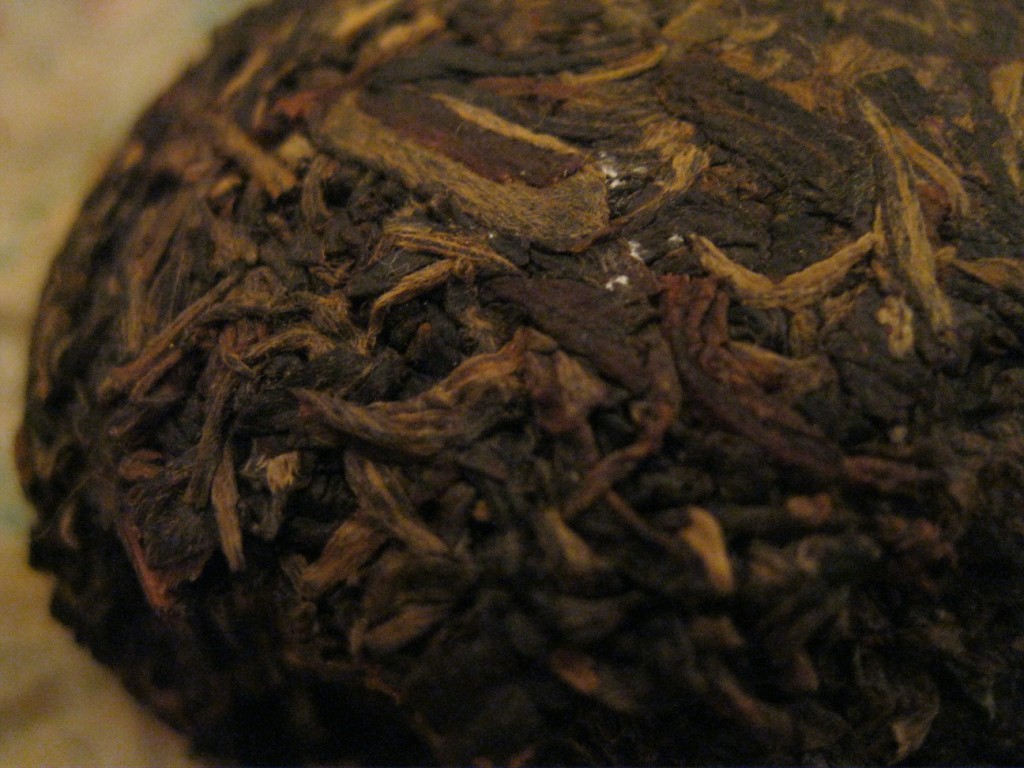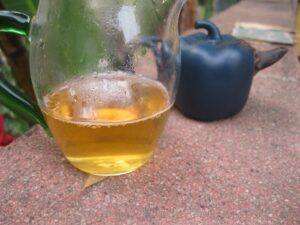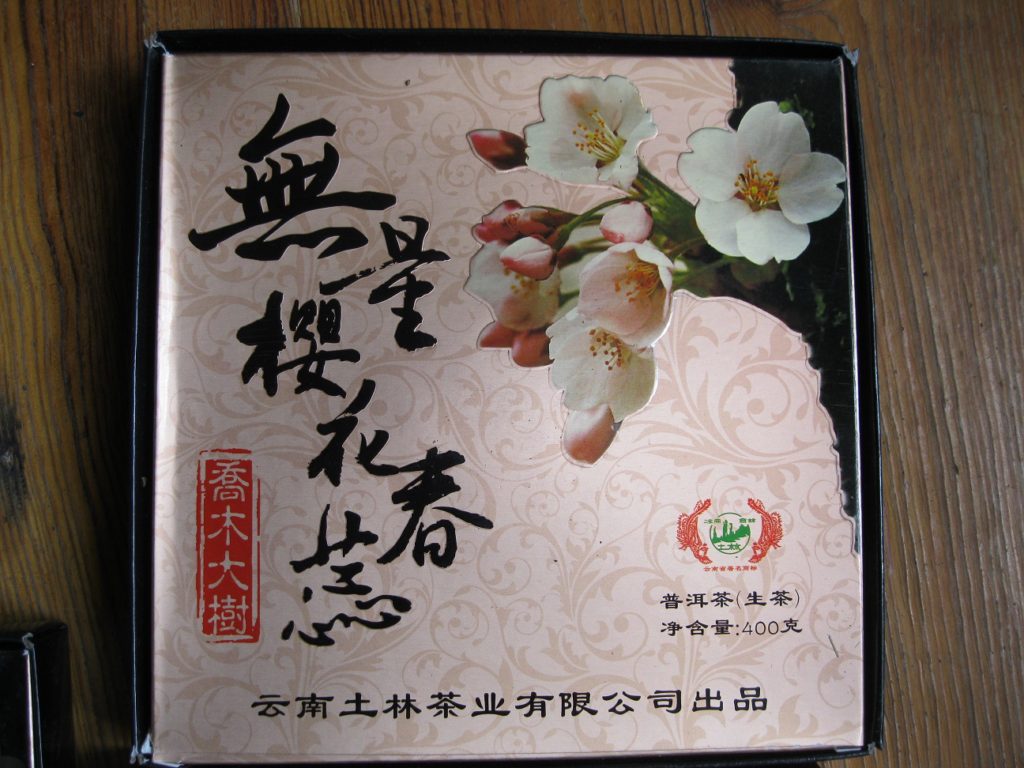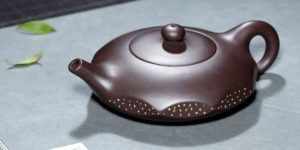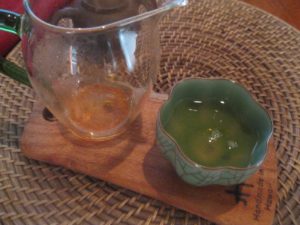Visiting Grenouille and Aging
Visiting Grenouille and Aging tackles two subjects: the first is an update on the ’06 Grenouille, and the second compares Grenouille to the considerably younger ’16 Bulang Shengtai, Jindafu. Let’s begin
Grenouille’s Developments
Grenouille hails from Wuliang Mt, in Simao. The most famous of Simao mountains by far is Jingmai. Wuliang Mt could well be the second most famous. The terroir profiles of the two are distinctive. Where Jingmai are know for their florals, often described as orchid, Wuliang can be minerally or peppery. The pepper profile is extremely common among Simaos that do not bear the appellation Jingmai. These often hail from Jinggu. There is also Ailao Mt possessing a pepper note. Simao is synonymous with Lancang, cf Lincang, and Puer City. Jingmai, Wuliang, Jinggu, and Ailao are the commonly recognized names of the productions associated with Simao.
There will be a quiz so pay attention.
Grenouille typifies the Simao essence. Where Jingmai should sing in a high register, other Simao brood. There’s nothing pitchy. Rather, there’s a complex melange of medium to dark notes, notes that are difficult to identify beyond Simao itself. Think of an attar of oud, vetiver, and vanilla, the hand of a fiendish perfumer. This is not your mother’s Menghai. It takes some sessions to get one’s head around what the terroir communicates. Similar offerings in the the Collection include Buddha Impressions and Auspicious Dragon, both from Jinggu and the Cherry Blossom, also from Wuliang.
Grenouille came into the Puerh Junky’s possession in early ’19. Up to that point, it had been conservatively dry stored, perhaps a bit warm. Such conditions can give rise to a baby powder cum old church lady perfume quality that appeals to many drinkers. The transition has been from subtle to insufferable to settled, where it is now this Jul 2022. There’s a touch of bitter and an even smaller bit of sour. Quite sophisticated it is.
By “settled,” the Puerh Junky means to convey something about that layer of baby powder. At the insufferable stage, it is the prevailing note constituting an intensely sweet attar. This is where increased humidity of LA conditions heighten the top layer of expression. At the settled stage, that trait percolates into the overall character of the tea. This indicates transformation beyond the top layer where the deeper layers have also had a chance to cook.
Aging: Grenouille vs Bulang Shengtai
Grenouille is from ’06 and Bulang Shengtai is from ’16. Ten year difference. I’ve been storing the latter since ’17 and the former, as mentioned above, since ’19.
Shot two:
Here’s another:
Let’s let the pictures speak for themselves. It’s clear that Grenouille is darker, but the question is whether it appears ten years darker. The answer lies in understanding the relative nature of aging. Obvious, right? Still, it’s good to have a side-by-side gander to determine just how difficult it is to tell the age of a production by the leaves themselves.
The darker the leaves the older the tea. Again obvious. The darkness of the leaves relative the production date indicates storage conditions. The difference is apparent in clearly humid versus dry stored productions. However, there is a good deal of gray, especially among mainland offerings, so the colour provides an additional indicator of just how dry relative what’s being tasted. This provides some clues regarding what to expect given one’s own storage conditions and transformation prospects for the production itself. Unfortunately, it doesn’t look like I snapped a shot of Grenouille‘s cashed leaves when first acquired.

